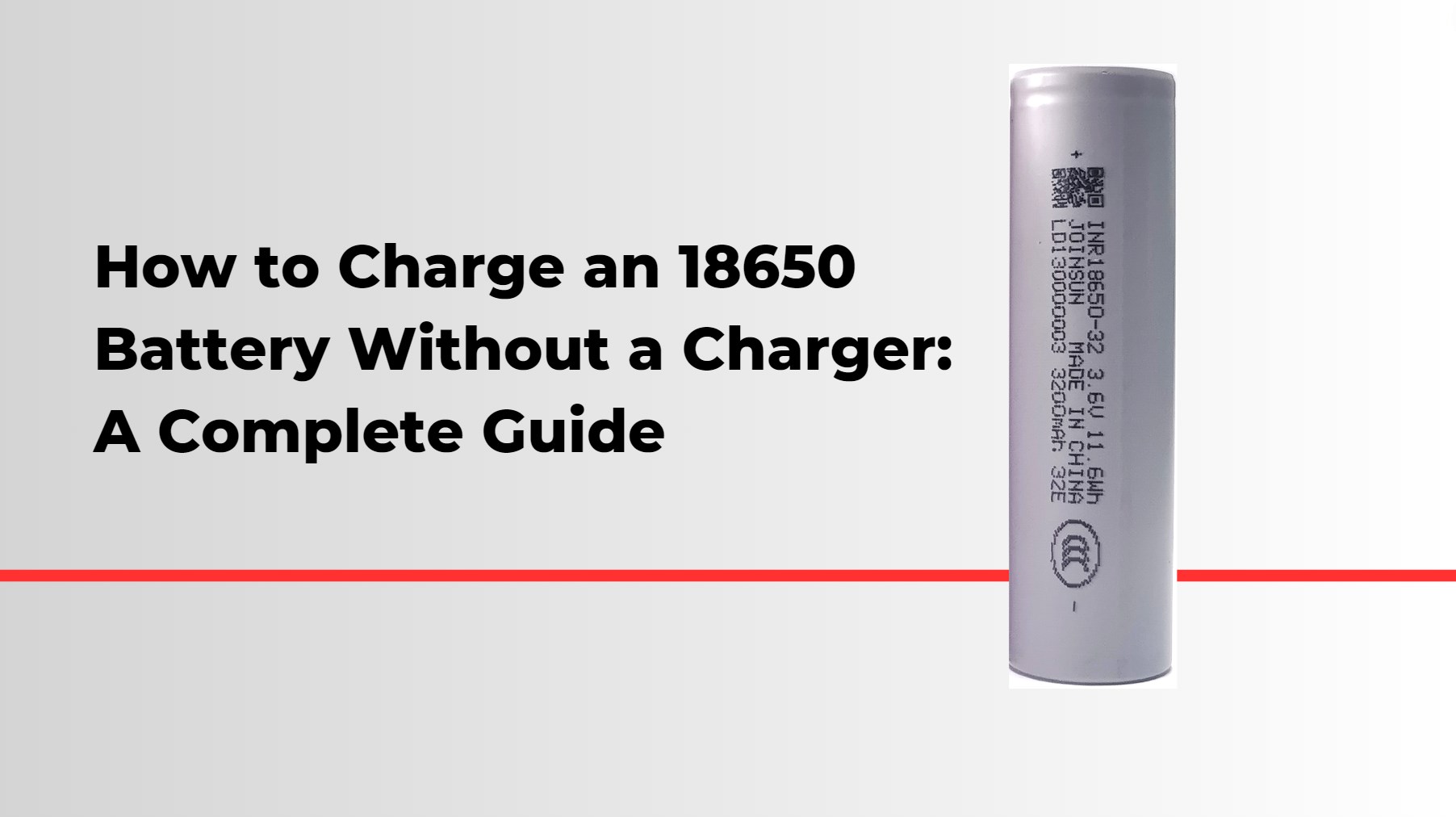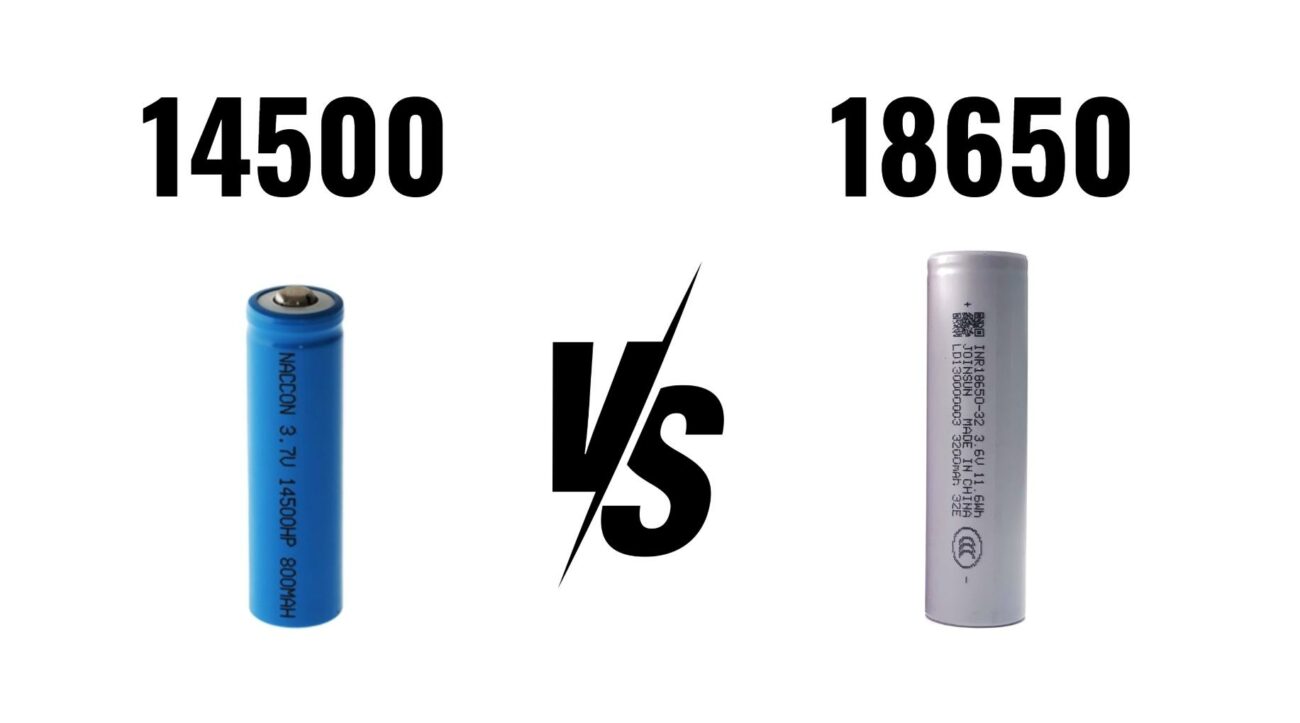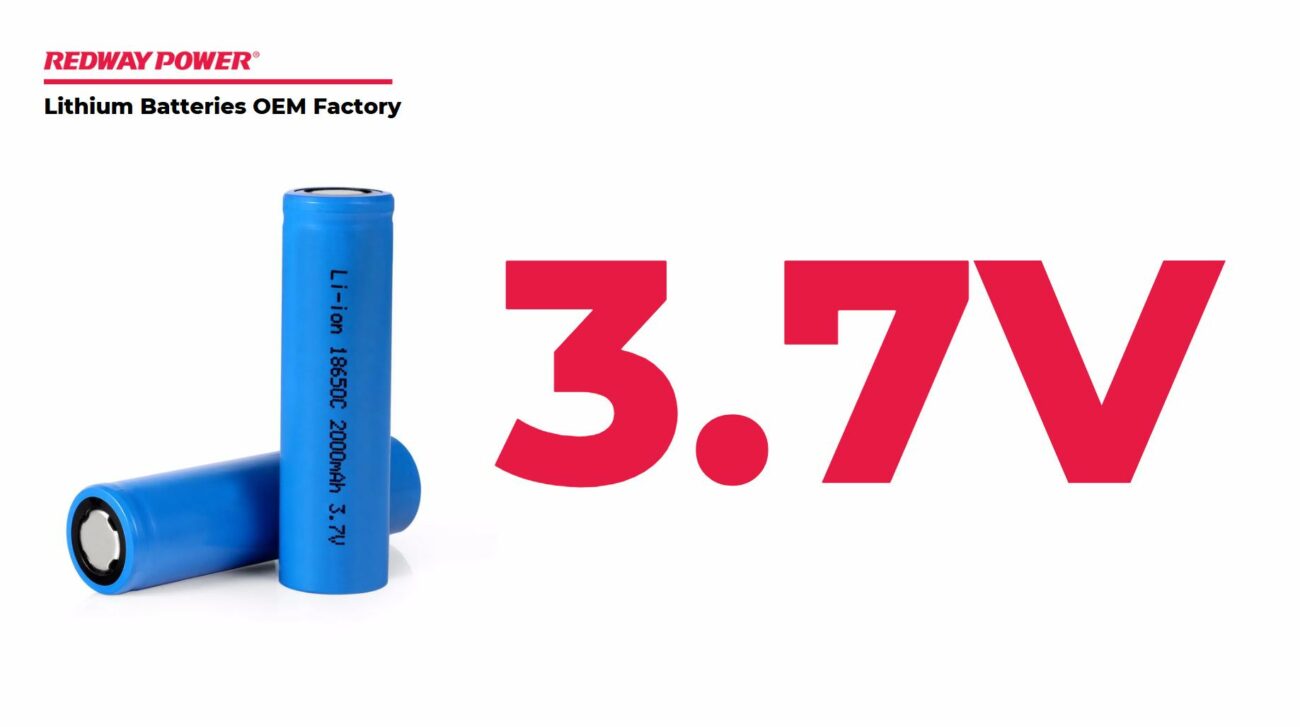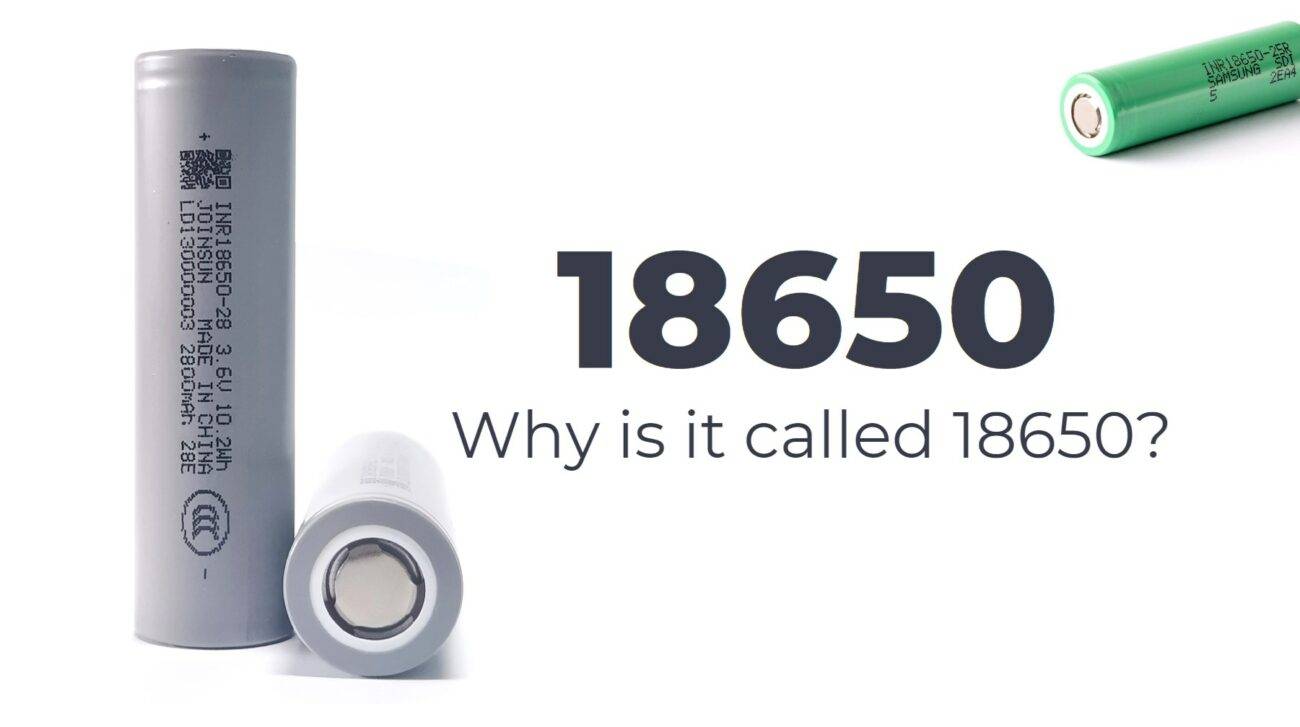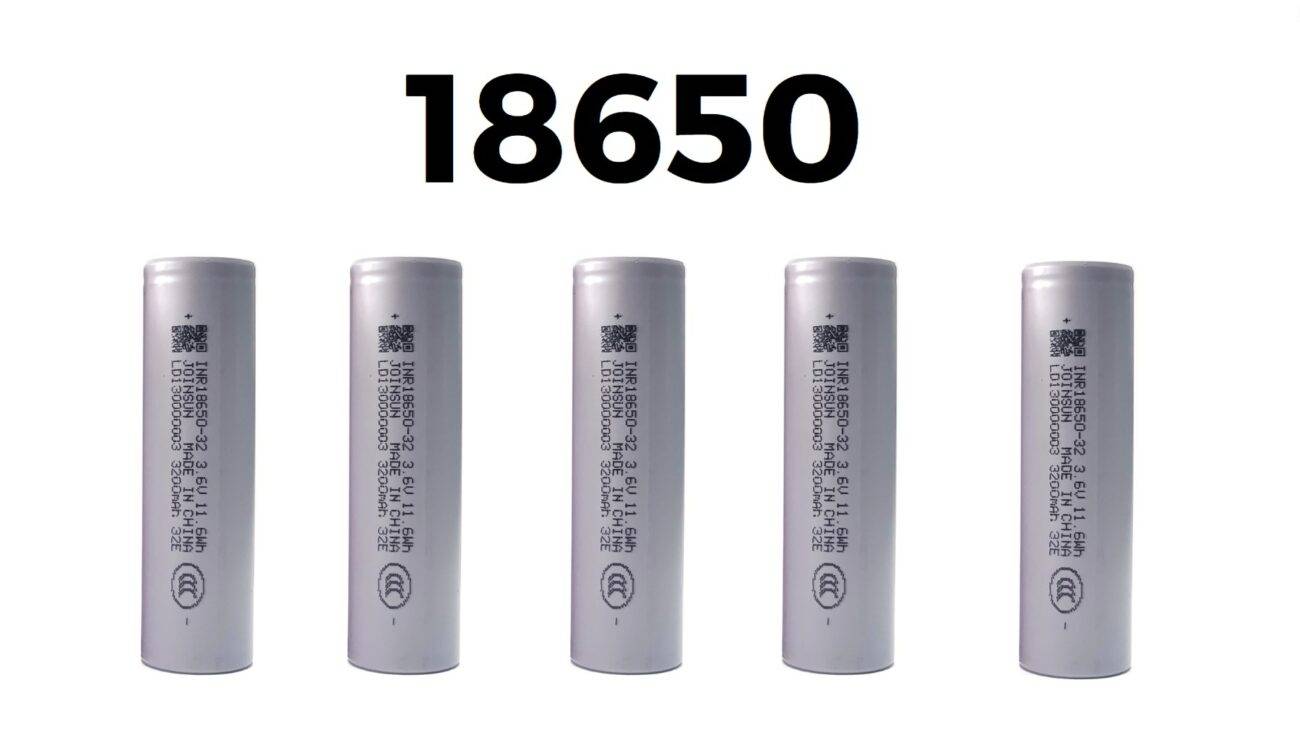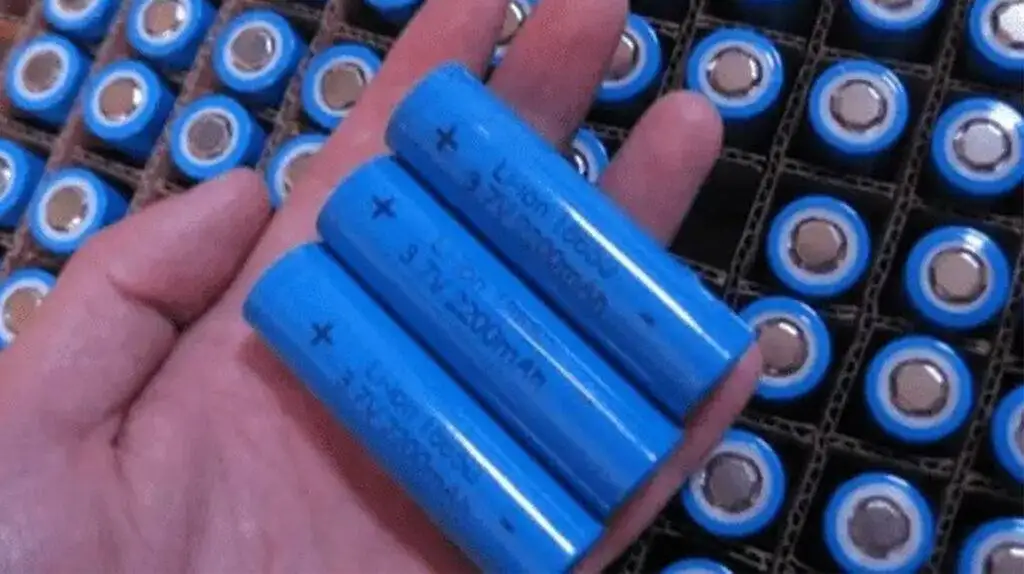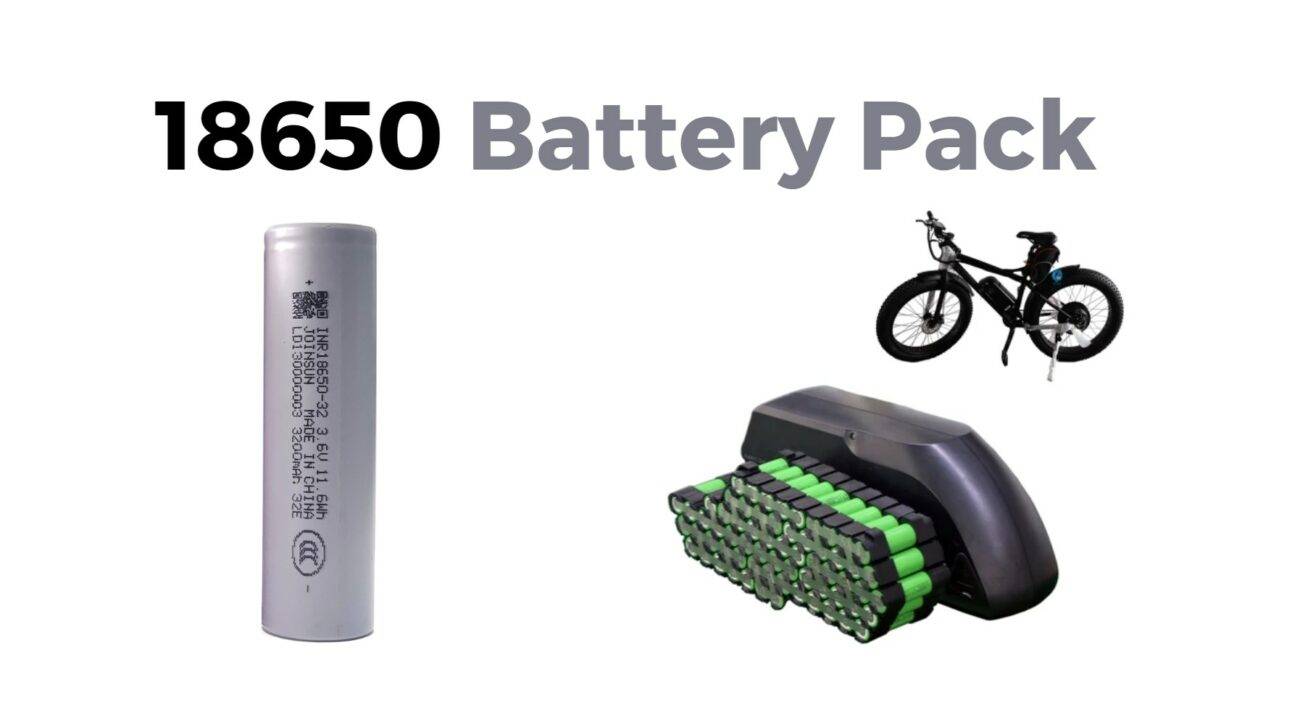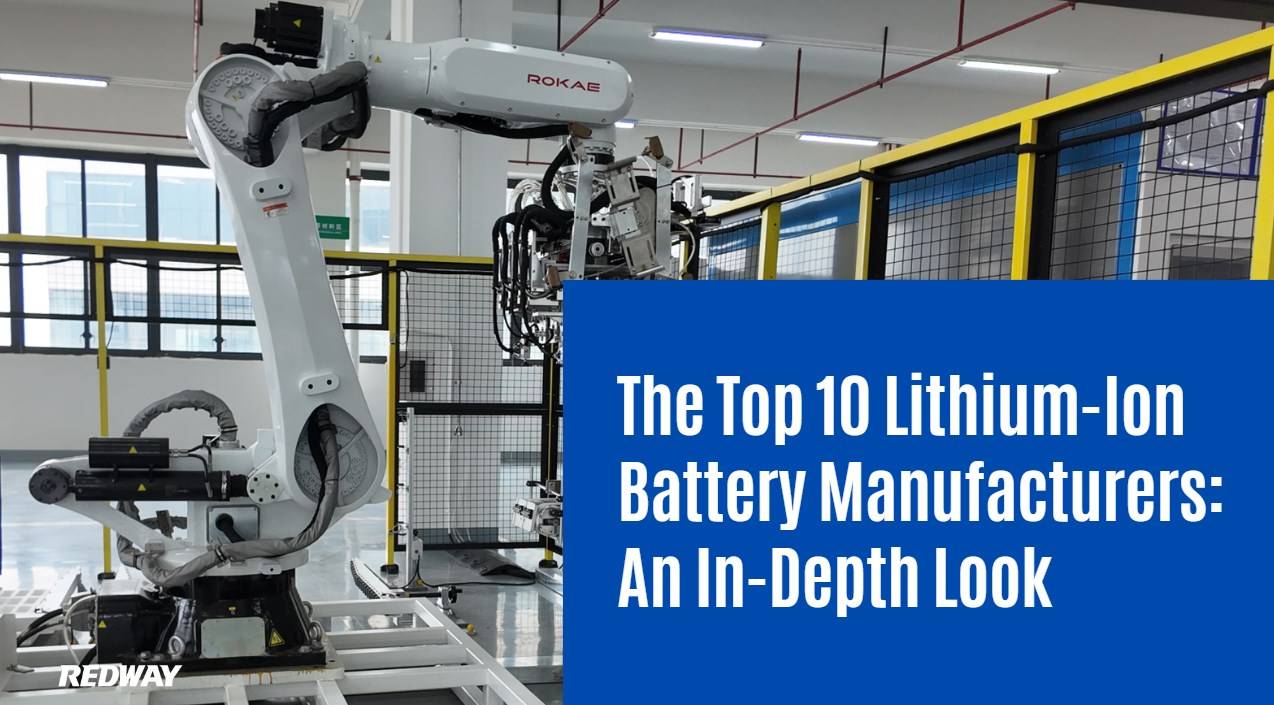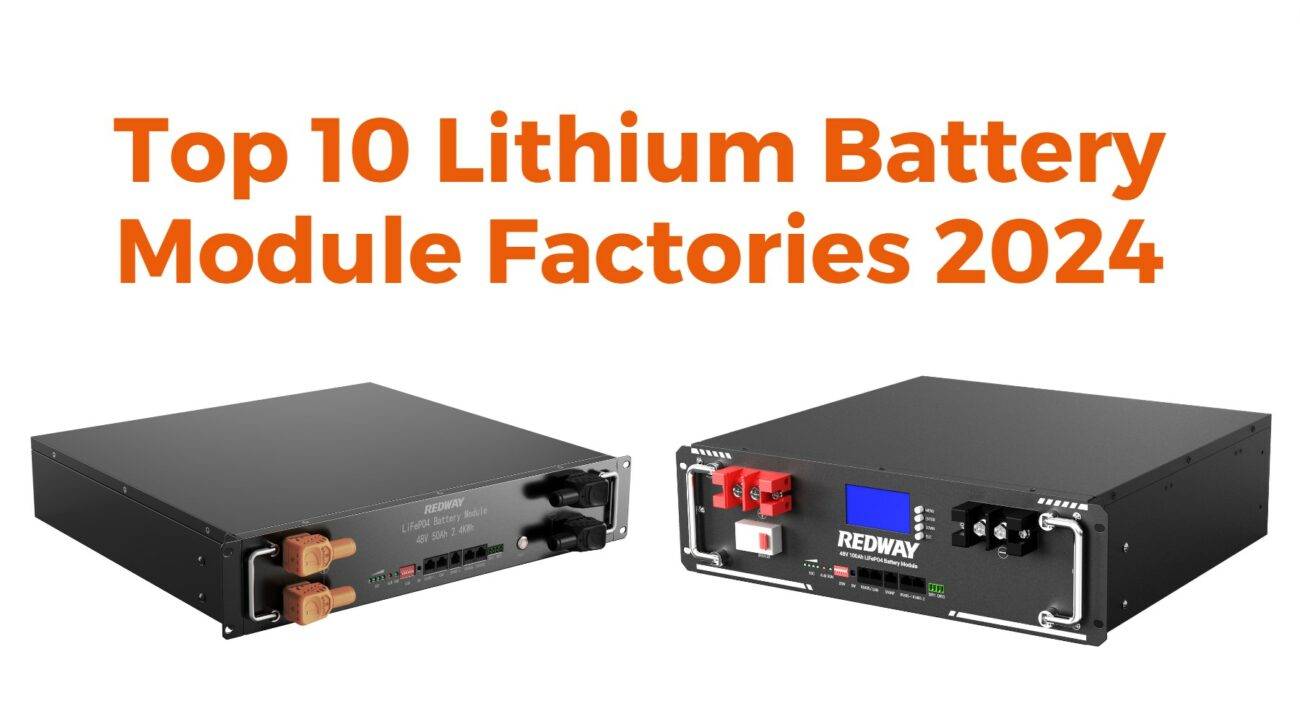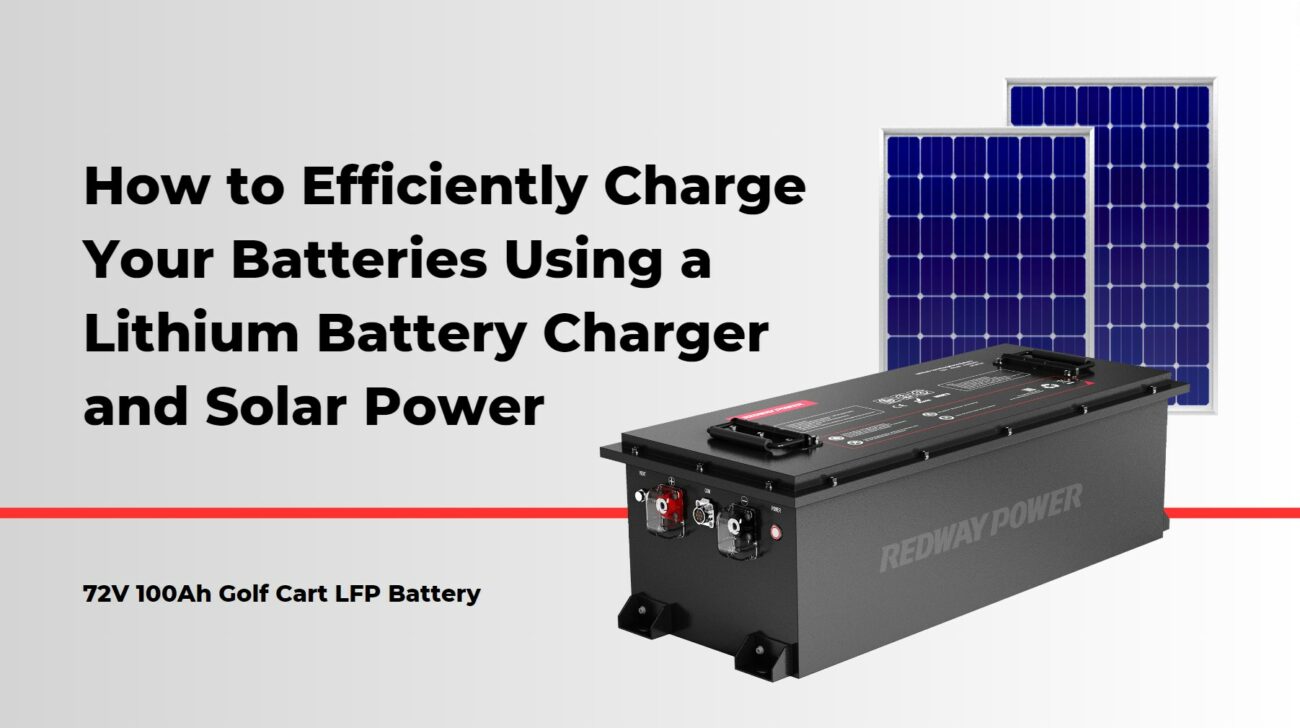Charging an 18650 battery without a dedicated charger is possible, but it requires caution and the right techniques to ensure safety and efficiency. This guide will explore various methods for charging 18650 batteries, including using alternative power sources, while emphasizing the importance of proper handling to prevent damage or hazards.
What Are 18650 Batteries and Why Are They Popular?
18650 batteries are cylindrical lithium-ion rechargeable batteries that measure 18 mm in diameter and 65 mm in length. They are widely used in various applications, including laptops, electric vehicles, and e-scooters, due to their high energy density, long cycle life, and versatility. Understanding how to charge these batteries safely is crucial for maintaining their performance and longevity.
Chart: Key Specifications of 18650 Batteries
| Specification | Value |
|---|---|
| Diameter | 18 mm |
| Length | 65 mm |
| Voltage | Typically 3.6V – 3.7V |
| Capacity | Ranges from 1800 mAh to 3500 mAh |
How Can You Charge an 18650 Battery Without a Charger?
There are several methods to charge an 18650 battery without a dedicated charger:
- Using a USB Cable: You can charge an 18650 battery using a USB cable connected to a power bank or USB port. This method requires a battery holder with USB output or a compatible charging circuit.
- Direct Connection to a Power Supply: If you have access to a regulated power supply, you can connect the battery directly. Ensure the voltage matches the battery’s requirements (usually around 4.2V for full charge).
- Using Another Battery: You can use another charged lithium battery to transfer energy to the depleted one through appropriate connections, ensuring voltage compatibility.
Chart: Charging Methods for 18650 Batteries
| Method | Description | Safety Considerations |
|---|---|---|
| USB Cable | Connects to power bank or USB port | Use a proper battery holder |
| Direct Power Supply | Connects directly with regulated voltage | Monitor voltage closely |
| Another Battery | Transfers energy from one lithium battery | Ensure voltage compatibility |
Why Is It Important to Use Proper Charging Techniques?
Using proper charging techniques is essential for several reasons:
- Safety: Improper charging can lead to overheating, fires, or explosions. Always monitor the charging process closely.
- Battery Longevity: Correct charging practices help extend the lifespan of your batteries by preventing damage from overcharging or deep discharging.
- Performance: Properly charged batteries perform better and provide consistent power output.
What Are the Risks of Charging Without a Dedicated Charger?
Charging an 18650 battery without a dedicated charger carries certain risks:
- Overcharging: Without proper voltage regulation, there is a risk of overcharging the battery, which can lead to swelling or leakage.
- Short Circuits: Incorrect connections can cause short circuits that may damage the battery or create fire hazards.
- Inconsistent Charging: Alternative methods may not provide consistent charging rates, leading to incomplete charges or reduced capacity.
Chart: Risks of Improper Charging Techniques
| Risk | Description |
|---|---|
| Overcharging | Can cause swelling or leakage |
| Short Circuits | May damage the battery or create fire hazards |
| Inconsistent Charging | Leads to incomplete charges |
How Can You Safely Handle and Store 18650 Batteries?
Proper handling and storage are critical for maintaining the safety and performance of 18650 batteries:
- Use Protective Cases: Always store batteries in protective cases to prevent physical damage and short circuits.
- Avoid Extreme Temperatures: Store batteries in a cool, dry place away from direct sunlight and extreme heat.
- Regular Inspections: Periodically check batteries for signs of wear, damage, or swelling.
Chart: Best Practices for Handling and Storing Batteries
| Practice | Description |
|---|---|
| Use Protective Cases | Prevents physical damage |
| Avoid Extreme Temperatures | Reduces risk of overheating |
| Regular Inspections | Checks for wear and damage |
Industrial News
The market for lithium-ion batteries continues to grow as demand for portable energy solutions rises. Recent innovations in charging technology have improved safety features and efficiency in charging methods for lithium batteries like the 18650 cells. Companies are focusing on developing smarter chargers that minimize risks associated with improper charging while enhancing user convenience.
Redway Expert Insights
“Understanding how to charge lithium batteries safely is crucial for maximizing their performance and lifespan,” states an expert from Redway Battery. “While alternative charging methods exist, using dedicated chargers remains the safest option for maintaining battery health.”
FAQ Section
Can I charge an 18650 battery with any power source?
No, it’s essential to use a power source that provides the correct voltage (typically around 4.2V) to avoid damaging the battery.
Is it safe to charge an 18650 battery without a charger?
While it is possible using alternative methods, it carries risks such as overcharging or short circuits if not done correctly.
How long does it take to charge an 18650 battery?
Charging time varies based on capacity and method but typically ranges from one to four hours when using appropriate chargers.
What should I do if my battery gets hot while charging?
Disconnect it immediately from the power source and allow it to cool down before assessing any potential issues.


